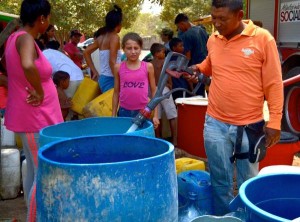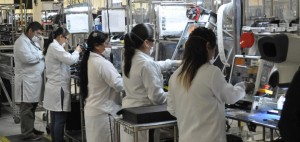By Lino Garcia
Rio Grande Guardian
BROWNSVILLE, TX — Pánfilo Narváez left Spain on June 12, 1526, for the voyage to the New World. On board the five vessels were 600 men, also on board, and serving as treasurer for the expedition was Alvar Núñez Cabeza de Vaca.
It took them four months to cross the Atlantic Ocean, arriving in Santo Domingo. He remained there for forty five days, losing some of his men to desertion. From there, Nárvaez sailed to Cuba, although his expedition was almost destroyed by a hurricane.
In the year 1527, Narváez sailed with five ships and about 400 men, sailing to the coast of Florida and arriving in northwestern Florida in mid-June, 1528, and they remained there for about four months, but were faced with dangers from Indians, and food shortages. He decided to leave Florida by sea, having established himself and his crews as the first Europeans Hispanics to appear on what is now the United States of America.
Later on, using five make shift ships, he left the Bay of Horses with about 250 men. It was named so because their horses were slaughtered to provide much needed food. On September 22, 1528, Narváez and his men left Florida, after having first brought into the United States of America the horses, cattle, goats, and the ranching industry that was prevalent in Medieval Spain. The horses later on in Tejas or Texas would provide much needed transportation in such endeavors as the herding of cattle which was also brought in mass into Tejas or Texas by the Spanish settlers around 1749. The cattle (beef) were later on drive up north to feed the soldiers during the American Revolution, and later on would also help feed the emerging American Industrial Revolution. This was done by Hispanic (Tejano) cattle and ranching families before any other cattle baron appeared on the Tejas/Texas scene; and almost 100 years before the King Ranch drama became part of Texas history.
On November 6, 1528, the barge carrying Alvar Núñez Cabeza de Vaca and his men landed on Galveston Island. Andrés Dorantes de Carranza, with about 40 others including an African slave named Estevanico landed there the previous day, making them the FIRST Hispanics ( Tejanos now) and non-Indians to land in what is now Tejas or Texas. Those named: Alvar Núñez Cabeza de Vaca, Andrés Dorantes Carranza, Estevanico, and Alonso Castillo Maldonado—later known as the Four Ragged Castaways—were the only ones to survive the Narváez expedition.
This is the beginning of Spanish exploration and eventual settling of Tejas or Texas, with the big expeditions of land grants or “porciones” given to individuals who had initiated the exploration of the land, and who were deemed worthy by the Spanish Authorities to receive and work the land in the name of the Spanish King. In 1749-1767 land grants or “porciones” were given in thousands of acres at one time, and with this began the bringing into what is now Tejas or Texas what we see prevalent today, like ranching, and cattle drives, and long before the Chisholm Trail, or the King Ranch, were established, Spanish Land and Cattle barons roamed the entire state of Tejas or Texas. These hardy individuals became…
Finish reading Hispanics Have Been in Texas Since November 6, 1528






Comment(1)
Nican Tlaca
The term “Latino” is Eurocentric and presupposes that the starting point of our existence is from Europe (Spain). In reality, the bulk of our ancestry comes from “Native” people of this continent, with over 4,000 years of civilizations to prove it (just look at the archeology of Mexico/Central America).
Spanish language, names and (minority) Spanish blood is due to European colonialism. We are far more “mixed” with out various Indigenous ancestries than with European blood.
Speaking Spanish does not make us “Latins”, just as speaking English does not makes Black people “Anglos”. Nican Tlaca